The 4Cs Framework of CLIL (Coyle et al., 2010; Coyle, 2011) As
4Cs Framework Communication: interaction during learning Basic Interpersonal Communicative Skills (BICS) CLIL teachers need to. meaningful social language for everyday classroom communication provide social opportunities (pair and group work) for students to put BICS into practice in CLIL lessons. 'Let's look at the things we did again.'
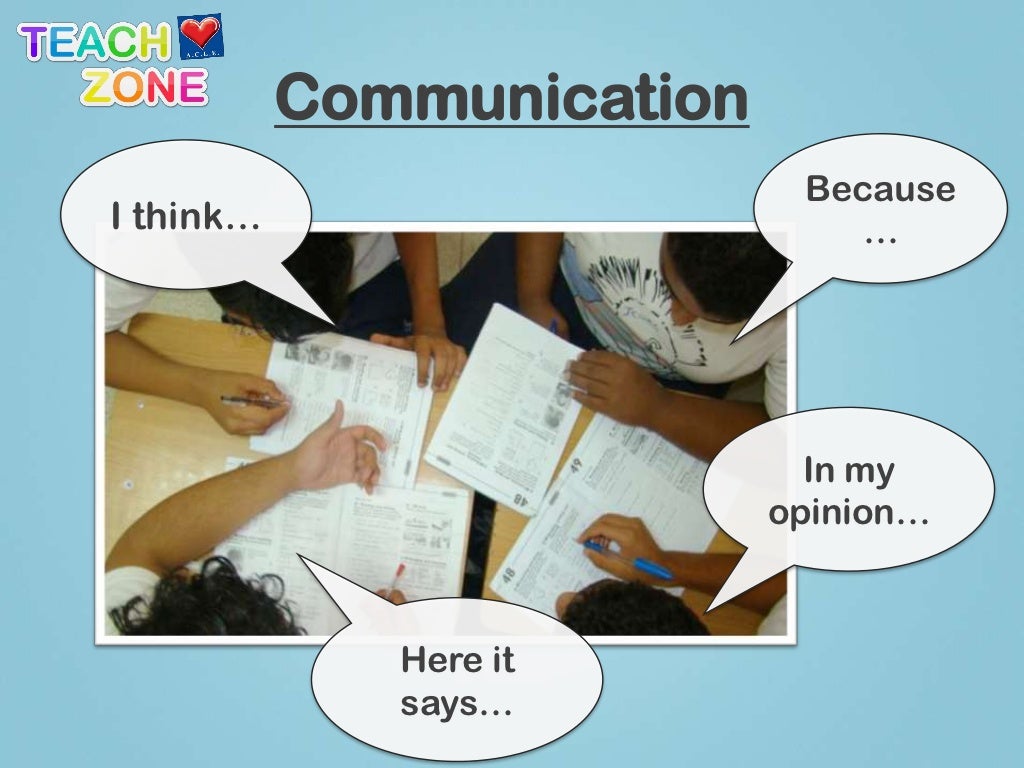
The 4Cs Of CLIL Module 1
CLIL. This study utilizes a systematic sear ch strategy to collect and synthesize current research on. children's literatur e use in EFL settings in order to better understand how children's.

THE FOUR SKILLS IN CLIL
Four Cs of CLIL!!! C ONTENT The curricular subject- progression in knowledge, skills and understanding. C OMMUNICATION Using language to learn - whilst learning to use language. The key is interaction, not reaction. C OGNITION Developing cognitive and thinking skills C ULTURE Understanding ourselves and other cultures. Being a global citizen. !!!!
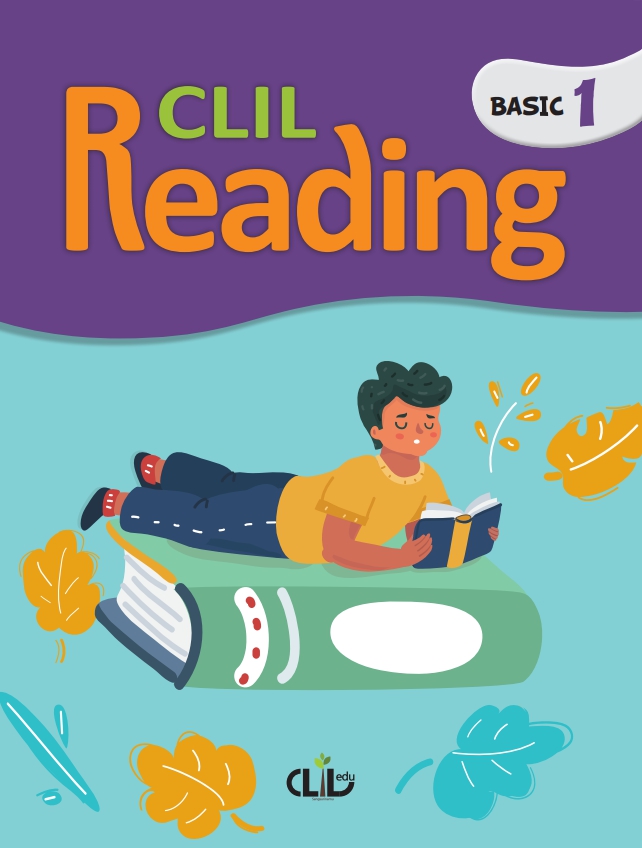
맥스교육 _ CLIL
Content and language integrated learning (CLIL) is an approach for learning content through an additional language (foreign or second),. immersion approach produces a lot more immediate results and it appeals to self-motivated adult audiences who possess a basic knowledge and understanding of the target language". While being certainly.

The 4Cs Of CLIL Module 1
Remembering. thinking skills. Cognition. • When Bloom proposed his taxonomy (1956), he detected that almost 95% of all tasks planned by teachers in schools were of the. lowest type of his taxonomy: remembering. Cognition. Bloom's taxonomy is very much linked with engagement.
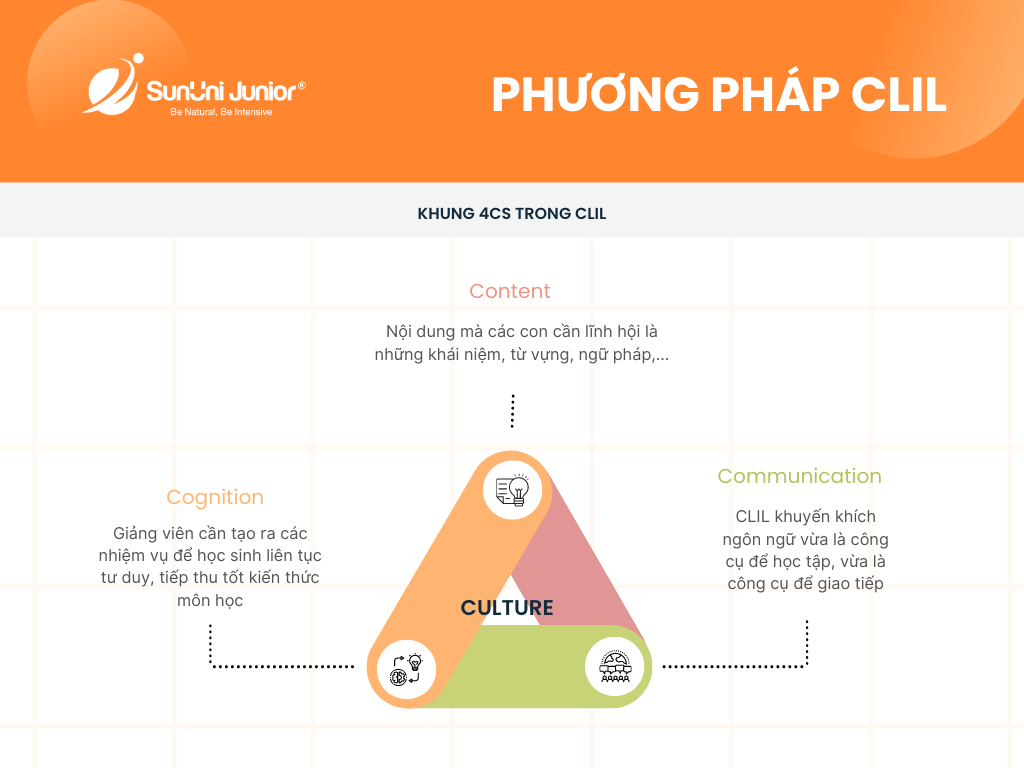
Khám phá 84+ về mô hình 4cs hay nhất Tin học Đông Hòa
This framework consists of 4 dimensions: Content (subject matter), Communication (learning through interaction), Cognition (learning and thinking processes), and Culture (intercultural.

CLIL
This is an excerpt from our online course, Integrate to Maximise with CLIL. In this video, I discuss the 4Cs - content, communication, cognition and culture,.
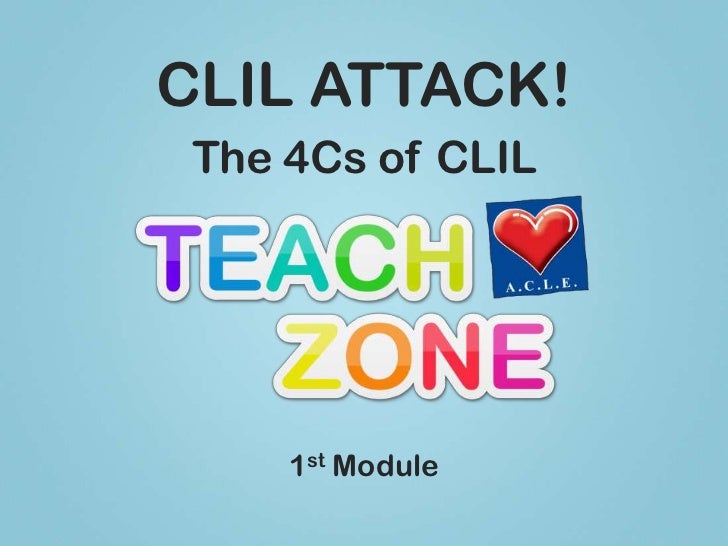
The 4Cs Of CLIL Module 1
Download scientific diagram | The 2 Features, 4Cs, and 5 Dimensions of CLIL [11] from publication: Review of Research on Content and Language Integrated Learning Classes from the Perspective of.

CLIL Lesson Colors general vocabular… English ESL powerpoints
CLIL PRINCIPLES. August 31, 2014. In CLIL (Content and Language Integrated Learning), where learners have to learn the content and the language simultaneously, there are some basic principles that we have identified in order to use them as guidelines for the creation and implementation of the playingCLIL methodology. These main principles are:

The 4Cs conceptual framework for CLIL Source Coyle (n. d.) Download
• CLIL involves using language in the here and now to construct new knowledge and skills • CLIL offers direct opportunities to learn through language and to make meanings that matter • CLIL offers genuine opportunities to interact face to face and through the use of new technologies e.g. internet, video-conferencing, international projects.

4Cs of CLIL Source Beaco, J. et. al. (2015) The language dimension in
The Issue. The 4Cs are an oft-touted benchmark in education - the four key soft skills that today's graduates need in order to be competitive and competent in today's workforce. Literature on 21st century learning emphasizes collaboration, creativity, critical thinking and communication. Yet how do we make sense of the difference between.
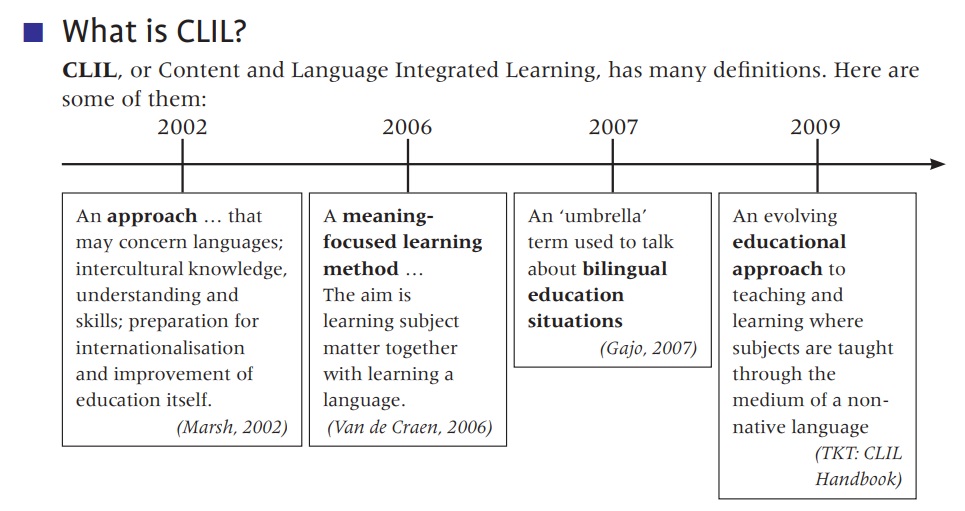
What is CLIL and how can we apply it to English teaching? Skyteach
Description. Long heralded as key competencies for 21st-century learners, the " Four Cs " ( Creativity, Critical Thinking, Communication, and Collaboration) are often embraced in theory yet stump educators in practice. Creativity and Critical Thinking represent inseparable attitudes and abilities for innovation which, contrary to popular.

The 4Cs Framework of CLIL (Coyle et al., 2010; Coyle, 2011) As
Download scientific diagram | The 4Cs Framework of CLIL (Coyle et al., 2010; Coyle, 2011) As illustrated in Figure 1, the four elements of CLIL-content, communication, cognition, and culture-are.

Johnson Ong Chee Bin The 4Cs Framework to Transform Higher Education
Theoretical framework: 4Cs of CLIL and children's literature CLIL has been implemented in classrooms around the world as an alternative to traditional language teaching (see Graham et al., 2018, for a review). The popularity of CLIL may be connected to its ability to address multiple learning outcomes simultaneously (Lightbown, 2014).

The 4Cs conceptual framework for CLIL Source Coyle (n. d.) Download
The CLIL Wheel combines the idea of 4Cs of CLIL (Coyle et al. 2010) with 10 CLIL Parameters (Ball et al. 2015). The 4Cs refer to Content (concepts to be taught), Communi-cation (language needed in the process), Cognition (thinking processes involved) and Culture (awareness of self and 'otherness') treated as equal. In the CLIL Wheel, the C.
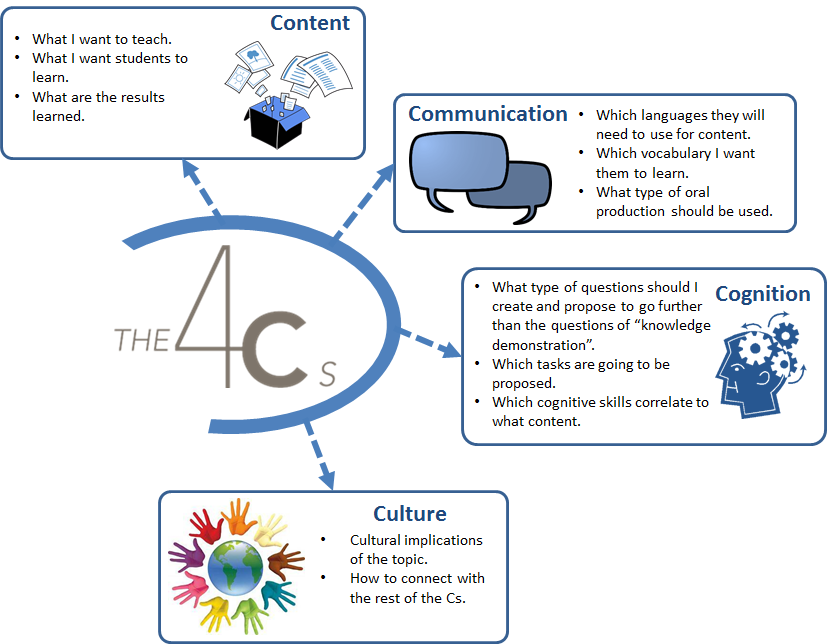
Teaching the human body and the CLIL methodology in class Elesapiens
In this approach, I have tried to combine the more traditional understanding of CLIL (4Cs) with the 10 CLIL Parameters. The CLIL Wheel does not favour one approach at the expense of the other. On the contrary, it combines the two in full harmony by matching the individual Cs of CLIL with the appropriate parameters.
- A Que Temperatura Trabaja El Aceite Del Motor
- Camping Cerca De Lagos Portugal
- Acuerdos Bilaterales De La Ue De Política Comercial Convencional
- Dirección General De Tráfico La Línea De La Concepción
- Hotel Madrid Jardines De Sabatini
- Partes De Un Equipo De Ecografia
- Peker La Maravilla En Silla De Ruedas
- Los Mejores Bailes Del Cine
- Kit Cerveza Con Barril Opiniones
- Como Usar Los Productos De Limpieza